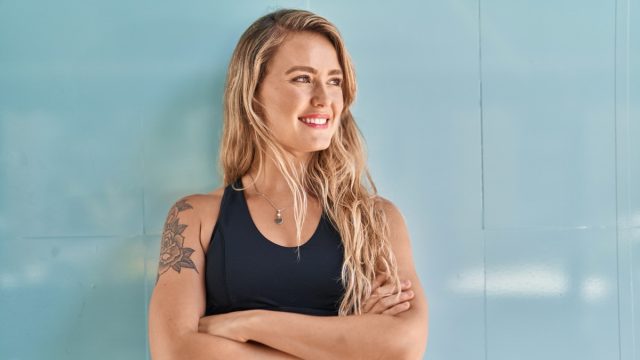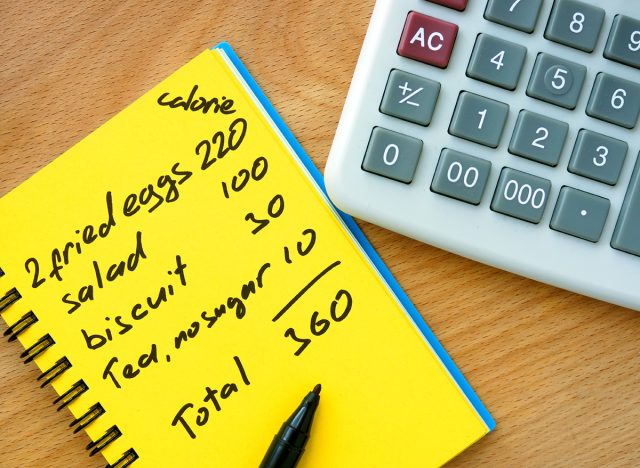3 Easy Steps That Will Help Anyone Lose Weight and Look Great

What are my proven tips for achieving a dream body? As a Precision Nutrition certified coach and CrossFit L1 certified trainer, this is a question that I often see asked in online forums, and it engenders responses that run the whole gamut—from eating a vegan diet to going full carnivore. I'll give you my top 3 tips that, if followed, will not only help anyone to lose weight but will also create a body that looks fit, strong, and healthy. The best part is, they are easily actionable with some guidance and a little motivation.
Reduce Calorie Intake

First, we have to look at reducing calorie intake. I know that sounds like a no-brainer, but bear with me here. Everyone knows this, but it's a proven fact that the vast majority of people who are trying to lose weight cannot maintain a caloric deficit followed by maintenance. So how are we going to do that? It's not as simple as just telling people to "eat less." We need to make sure that the food we're eating keeps us feeling satisfied for a longer period of time so that we can reduce or eliminate snacking, which is one of the primary drivers of weight gain. To address this, start each day with a protein-dense meal. It doesn't have to be a big, complicated breakfast. It could be something as simple as a couple of eggs, boiled or scrambled. "But I'm a breakfast skipper" I hear you say. Then make a simple protein shake in the morning. Take your time drinking it. It can even be taken with you on your commute. Twenty five to thirty grams of protein in the morning will keep you feeling satiated so that mid-morning snacking is reduced or eliminated. And your body needs more protein if you want to sculpt that dream body. Protein is the magic bullet for losing weight and sparing muscle.
Related: #1 Dumbest Thing You Can Do to Lost Weight, According to Nutrition Expert (He Did It Too)
Don't Eat Four Hours Before Going to Sleep

Next tip. We then address post-6pm eating. By getting adequate protein early on in the day, we're set up to have our next 1 or 2 meals (lunch or dinner, or both) without feeling ravenous and without the between-meal snacks that I mentioned as being one of the obstacles to weight loss. So try to finish your last meal of the day at least 4 hours before you go to sleep for the night. This ensures that you have restful sleep (which in itself has been proven by numerous studies to increase weight loss success) without the sleep disturbances that come with going to bed right after eating.
Related: Woman Wows After Losing 30 Pounds in 3 Months By Eating Lunchables
Move Some Weight

Last tip: Move some weight. I know, I know, we've all heard that you can go for an evening stroll or run 5k a day to lose weight. But sculpting a strong, healthy physique? Muscle mass has to be at least preserved, or better yet, increased. No, moving some weights in the gym is not going to give you a body like Arnold, ladies. That's like saying going to the library 3 times a week is going to turn you into Albert Einstein. But putting in 3 one-hour sessions moving some weights, with a little HIIT (high-intensity interval training) thrown into the mix is going to burn fat, build muscle, and give you a body that the typical runner can be envious of. If you enjoyed this article don't miss I've Tried Nearly Every Diet and This is the #1 Best for Weight Loss For Me.
💪🔥Body Booster: Start each day with a protein-dense meal. It could be something as simple as a couple of eggs, boiled or scrambled
Mark Edwards is a Precision Nutrition Level 1 Nutrition Coach, CrossFit Mobility Trainer & L2 at Minimalist Nutrition + Fitness




